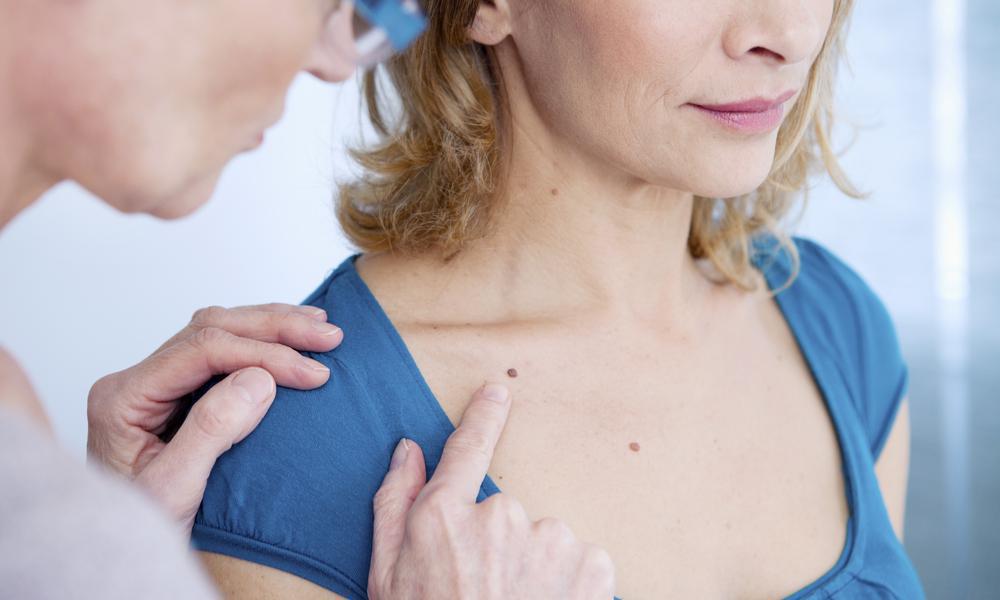
Recognizing Skin Cancer
As the rate of skin cancer cases continues to rise in the Philippines, it is important for people living in the country to know how to recognize and keep track of the signs and symptoms.
Understanding how to recognize and address any early signs is vital to ensure a successful outcome and lower the risk of skin cancer. This blog will explore the various symptoms and factors that can contribute to developing skin cancer, as well as information about how it can be detected and treated.
What is Skin Cancer?
This type of cancer can appear anywhere on the body and usually begins as an abnormally shaped or colored spot. It’s important to be aware of changes on the epidermis, which is the skin’s outermost layer, since melanoma, the most dangerous form of skin cancer, can spread quickly to other body parts and organs.
Most skin cancer is believed to be caused by too much exposure to the sun’s UV rays, but other sources, such as tanning beds, can also cause it.
Risk Factors for Skin Cancer
Certain risk factors can make people more vulnerable to develop skin cancer, including:
- Having lighter skin, eyes, and hair
- Prolonged and/or frequent exposure to UV radiation, either directly from the sun or from tanning
- A history of severe sunburn
- A family history of skin cancer
- Being older than 50
Types of Skin Cancer
The most common form of skin cancer is basal cell carcinoma (BCC). It is not as likely as other forms of skin cancer to spread through the body, but it is still important to seek professional help from a doctor of dermatologyto prevent the spread of BCC.
Squamous cell carcinoma (SCC) is the second-most common form of skin cancer. It is typically slow growing and can metastatizeif not treated.
The third type of skin cancer is melanoma. It is the lethal form of skin cancer, and is most well-known for its early warning signs, which include:
- Unusual moles that look different from the rest of your moles
- Asymmetrical moles
- Moles with multiple colors
- Moles that are growing
- Sores that won’t heal
The early stages of melanoma are highly treatable. It is imperative to schedule a check-up with a dermatologist in Cebu if any of these signs are observed.
Conclusion
Skin cancer is a serious condition, and recognizing the warning signs is the key to early treatment and superior outcomes. Be aware of the risk factors and warning signs, and consult a dermatologist if you have any concerns. With early diagnosis and treatment, skin cancer can often be managed effectively and cured.
For a convenient and comfortable consultation procedure, you can leverage telemedicine platforms like NowServing. Visit their website at nowserving.ph to schedule your next doctor’s appointment.



